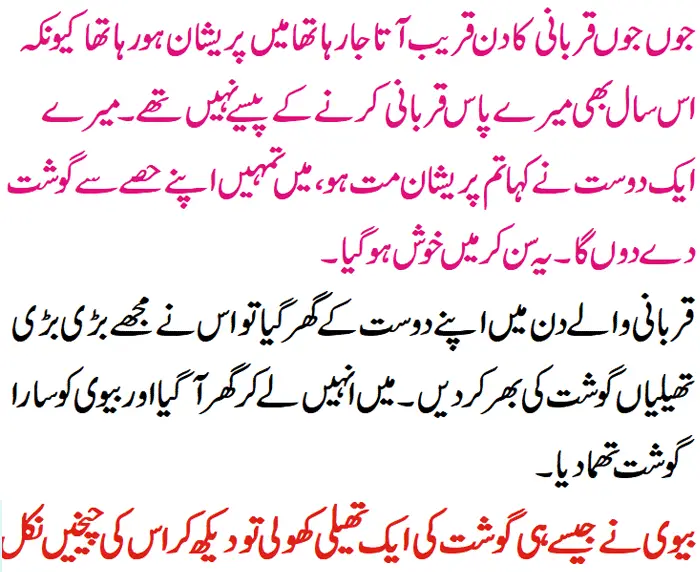What is Blue Light?
Blue light is a type of high-energy visible (HEV) light with a short wavelength that can penetrate deep into the eye. While blue light is naturally present in sunlight and plays a vital role in regulating our sleep-wake cycles, artificial blue light, primarily from screens and LED lighting, poses a unique challenge.
Natural vs. Artificial Blue Light Sources
Natural blue light from the sun helps to keep us awake and alert during the day, but exposure to artificial blue light, especially in the evening, can disrupt our body’s natural rhythms. Common sources of artificial blue light include:
- Smartphones
- Tablets
- Computer screens
- LED lights
- Televisions
The Science Behind Blue Light and Sleep
The Role of Melatonin in Sleep
Melatonin is a hormone produced by the pineal gland in response to darkness, signaling to our bodies that it’s time to sleep. It’s a crucial component of our circadian rhythm, the internal clock that regulates our sleep-wake cycle.
How Blue Light Affects Melatonin Production
Exposure to blue light, particularly in the evening, can suppress the production of melatonin, tricking our bodies into thinking it’s still daytime. This delay in melatonin release can make it difficult to fall asleep, leading to disrupted sleep patterns and poor sleep quality.
Impact on Circadian Rhythm
Our circadian rhythm relies on environmental cues, such as light and darkness, to function correctly. Blue light exposure at night can shift this rhythm, causing sleep disorders and making it harder to wake up and feel refreshed in the morning.
Health Consequences of Blue Light Exposure
Sleep Disorders and Insomnia
Chronic exposure to blue light can lead to significant sleep disorders, including insomnia. Difficulty falling asleep, frequent waking during the night, and poor sleep quality are common issues associated with blue light exposure.
Mental Health Issues
Sleep disturbances can have a profound impact on mental health, contributing to conditions such as depression and anxiety. Lack of sleep affects mood regulation, making it harder to cope with stress and emotional challenges.
Eye Strain and Vision Problems
Extended exposure to blue light can cause digital eye strain, leading to discomfort, headaches, and blurred vision. It can also increase the risk of developing long-term vision problems such as macular degeneration.
Blue Light and Its Broader Impacts on Health
Impact on Physical Health
Poor sleep quality and disrupted circadian rhythms can have broader implications for physical health, including a weakened immune system and increased susceptibility to illnesses.
Increased Risk of Chronic Diseases
Studies have linked chronic sleep deprivation and blue light exposure to a higher risk of developing chronic conditions such as diabetes, heart disease, and obesity. Poor sleep can lead to metabolic disruptions and negatively impact overall health.
Effect on Cognitive Function and Productivity
Lack of quality sleep can impair cognitive function, affecting memory, decision-making, and concentration. This can lead to decreased productivity at work or school and impact overall performance and quality of life.
Practical Ways to Minimize Blue Light Exposure
Using Blue Light Filters and Glasses
One of the simplest ways to reduce blue light exposure is to use blue light filters or special glasses. Many devices offer blue light filtering options, which can be activated in the settings, and blue light glasses can be worn to block harmful light.
Setting Up a Blue Light-Free Bedtime Routine
Creating a routine that minimizes blue light exposure in the evening can greatly improve sleep quality. This includes:
- Turning off screens at least an hour before bed
- Reading a book instead of using your phone or tablet
- Practicing relaxation techniques such as meditation or deep breathing
Adjusting Phone and Screen Settings
Most modern devices come with settings that allow you to reduce blue light. These include:
- Night Shift (iOS) or Night Mode (Android), which adjusts screen colors to warmer tones in the evening
- Blue light reduction apps for computers and tablets
- Reducing screen brightness and using dark mode
Creating a Healthy Sleep Environment
Importance of a Dark Room
Creating a sleep-conducive environment is essential for a good night’s rest. This means keeping your room as dark as possible by using blackout curtains and removing sources of light.
Using Warm Lighting in the Evening
Switching to warm, dim lighting in the evening can help signal to your body that it’s time to wind down. Avoiding bright, cool-toned lights can reduce blue light exposure and promote better sleep.
Incorporating Relaxation Techniques
Incorporating relaxation techniques into your nightly routine can help you unwind and prepare for sleep. Practices such as yoga, meditation, or a warm bath can help reduce stress and signal to your body that it’s time to rest.
The Role of Diet and Lifestyle in Better Sleep
Foods That Promote Healthy Sleep
Certain foods can help promote better sleep by supporting melatonin production and overall relaxation. These include:
- Foods rich in tryptophan, such as turkey and nuts
- Complex carbohydrates, like whole grains
- Fruits like cherries and bananas, which contain natural melatonin
Regular Exercise and Its Benefits
Regular physical activity can improve sleep quality and help regulate your sleep-wake cycle. However, it’s important to avoid vigorous exercise close to bedtime, as it can be stimulating and interfere with falling asleep.
Reducing Caffeine and Alcohol Consumption
Caffeine and alcohol can disrupt sleep patterns and reduce sleep quality. Limiting intake, especially in the evening, can help improve your ability to fall and stay asleep.






